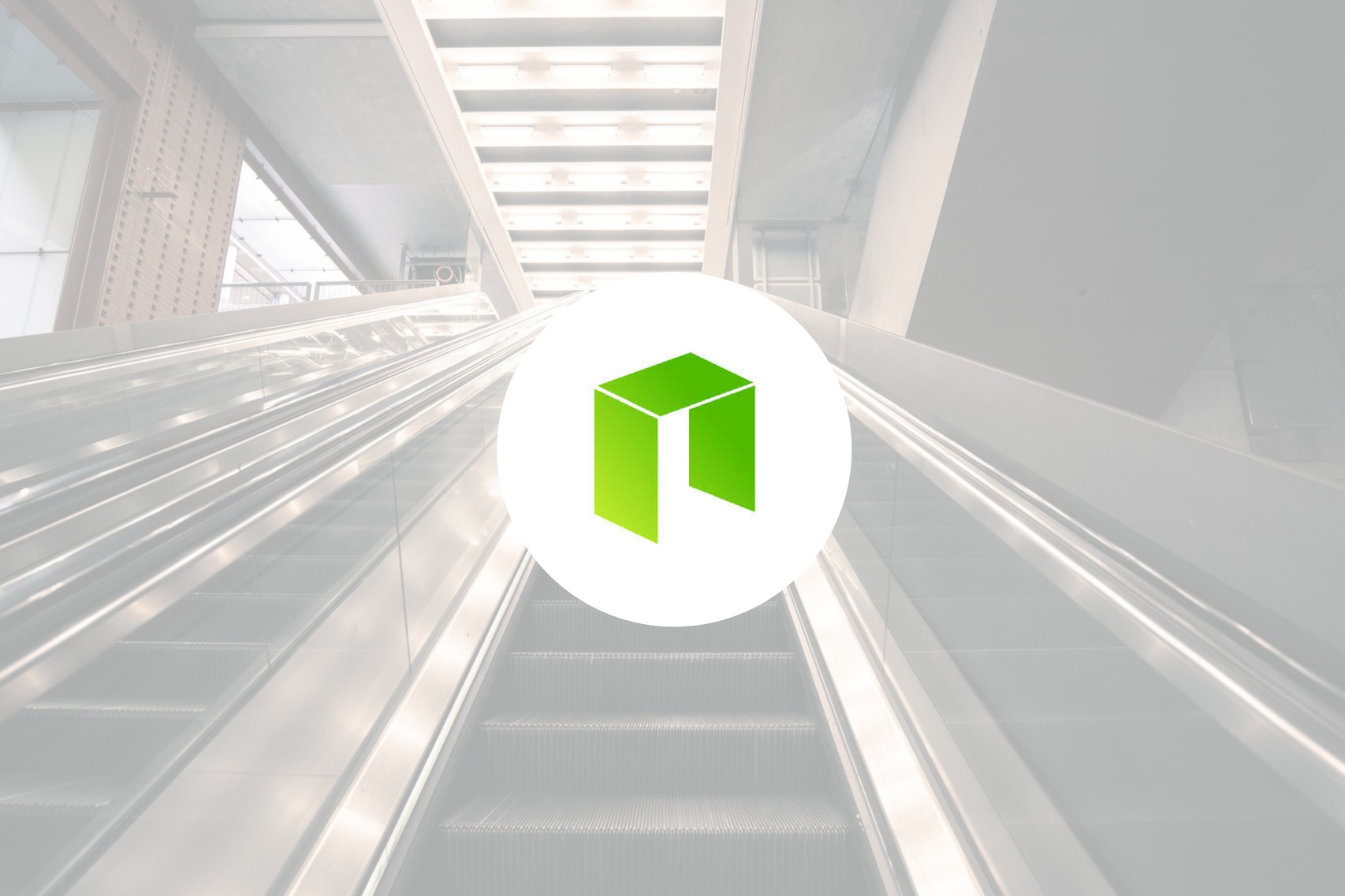On July 10, 2018, the NEO team released a blog post detailing the proposed changes to their network in the upcoming platform upgrade, NEO 3.0. This upgrade is designed to make NEO accessible for large-scale enterprises. Erik Zhang, co-founder of NEO, opened the blog post with the following statement:
NEO 3.0 will be an entirely new version of the NEO platform, built for large scale enterprise use cases. It will provide higher TPS and stability, expanded APIs for smart contracts, optimized economic and pricing models, and much more. Most importantly, we will entirely redesign NEO’s core modules.
In this article, we will cover the main proposed upgrades that we believe could have a significant impact on the NEO network.
Transactions Per Second
The first improvement mentioned for NEO 3.0 regards increasing the transaction per second (TPS) speed for the network. NEO can currently handle up to 1,000 TPS across its network at one time. This far outweighs the 25 TPS that rival platform Ethereum can handle, and heavily outweighs the 7 TPS currently achievable by Bitcoin.
Although 1,000 TPS may be considered reasonable relative to other cryptocurrencies, it still is not high enough to be able to support large-scale enterprises. For comparison, the VISA network can currently process up to 20,000 TPS when operating at its peak levels. An increase in TPS will greatly incentivize large-scale enterprises to use NEO instead of rival platforms.
The team will prepare to increase the TPS in the following ways:
- Refactor the code and core modules
- Optimize the network protocol
- Implement the feature manifest and permission system for NeoContract
- Prepare for dynamic sharding
Adjusting the Economic Model
Perhaps one of the most debated upgrades proposed for NEO 3.0 are the big changes to the NEO economic model. Currently, the NEO cryptocurrency is indivisible. This means that investors can only invest in the coin if they are prepared to buy 1 entire coin.
GAS, the token used for transactions in the NEO network, also may not be divided when paying for system fees. As system fees through GAS are awarded to all NEO holders, it has the tendency to get stuck in “black holes” due to lost NEO private keys.
The proposed upgrade solutions to combat these problems are as follows:
- A small increase in the supply of GAS every year
- Reward consensus nodes
- Make NEO divisible
- Allow GAS to use the decimal part when being used for system fees
However, the majority of these upgrades have been hotly contested on the GitHub page relating to the relevant upgrade.
Malcom Lerider, the senior research and development manager at NEO, has suggested that increasing the supply of GAS and rewarding consensus nodes will shift the consensus nodes’ interests from being aligned with NEO holders to becoming economically incentivized, which could eventually lead to consensus nodes manipulating the price of GAS for maximum profits.
Currently, the consensus nodes are the bookkeepers for the NEO network, and they come with no economic incentive. Consensus nodes generate blocks for the chain and decide on the service fees. As consensus nodes are voted in by NEO holders, voters are more likely to elect consensus nodes that provide the lowest service fees and vote out any consensus nodes that start to increase prices.
The consensus nodes are then remunerated through exposure and funding from appreciative NEO holders. If we were to reward consensus nodes via GAS, this would cause the economic incentive to shift, which could be detrimental to NEO holders.
These upgrade proposals are, however, not rejected by everyone. A user named “Saltyskip” has acceded to the proposed upgrades. Saltyskip states that GAS that is trapped in “black holes” causes the supply of GAS available on the market to decrease, making the price for GAS increase. This deflationary aspect of the GAS cryptocurrency motivates holders to hoard their GAS instead of spending it, all to the detriment of NEO holders as they benefit from increased GAS usage as GAS is the intended utility token.
Saltyskip believes that GAS should circulate amongst the NEO ecosystem with a high velocity, as he claims that the NEO token is meant for holding and the GAS token is meant for spending within the NEO network. An increase to the supply of GAS should increase its velocity within the network, which in turn will benefit NEO holders.
For a further investigation on the opinions surrounding this hotly debated upgrade, refer to the relevant GitHub proposal page here.
Conclusion
Along with increases to the TPS and the changes to the economic model, NEO 3.0 also plans to make cross-platform smart contracts. This would allow smart contracts to extend past NEO’s own blockchain to other compatible blockchains. This will greatly help break down boundaries regarding different blockchains’ interoperability.
For an overview of all the proposed changes and discussions related to the changes, refer to the NEO 3.0 upgrade GitHub page, here.
The proposed upgrades regarding NEO 3.0 are designed to make NEO much more accessible to large-scale enterprises. With the current scalability limitations presented by rivalling blockchain cryptocurrencies, the proposed upgrades overall should provide ample benefit for the NEO community.
Related: Will NEO Have a Smooth Road Ahead?

